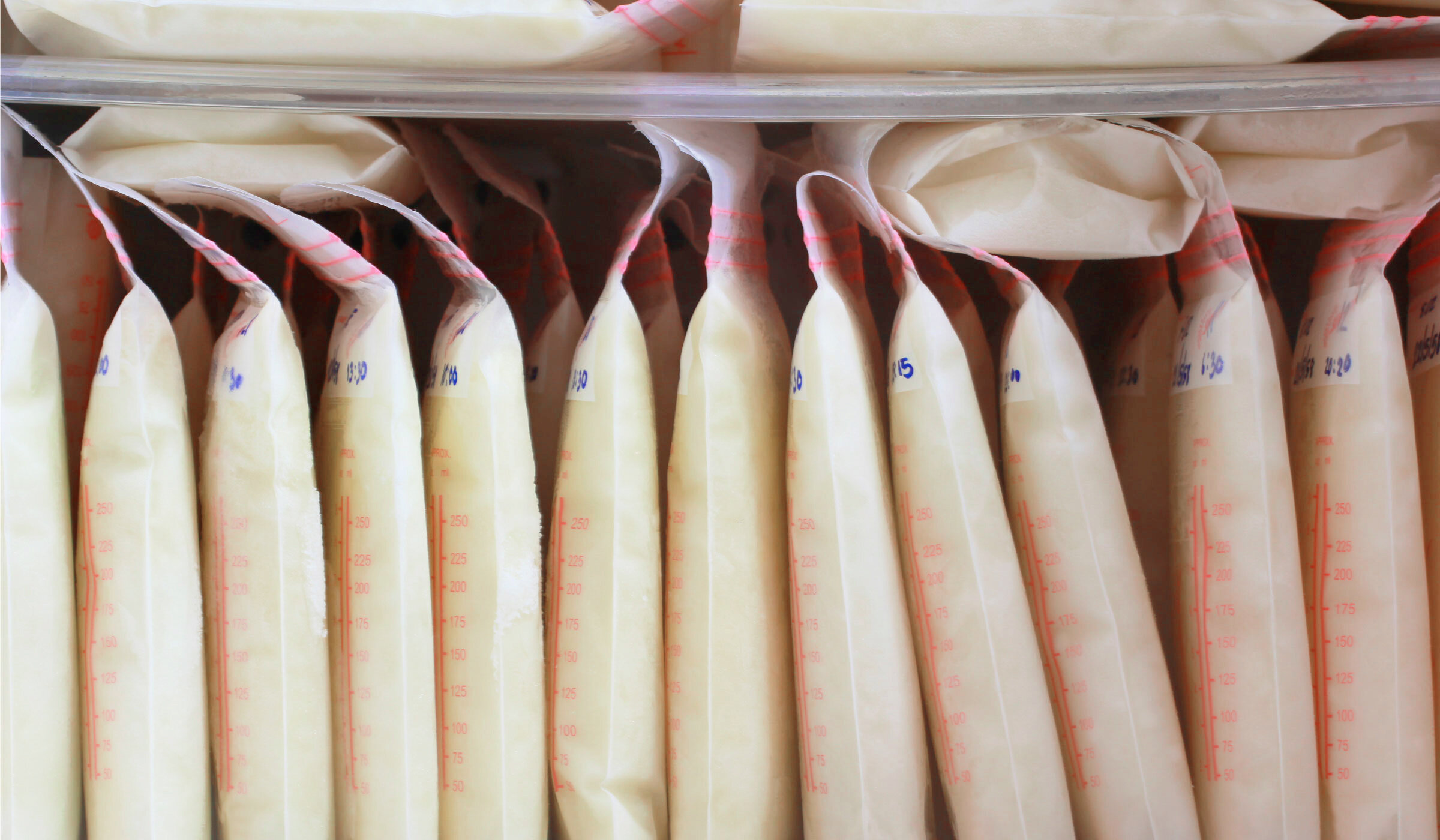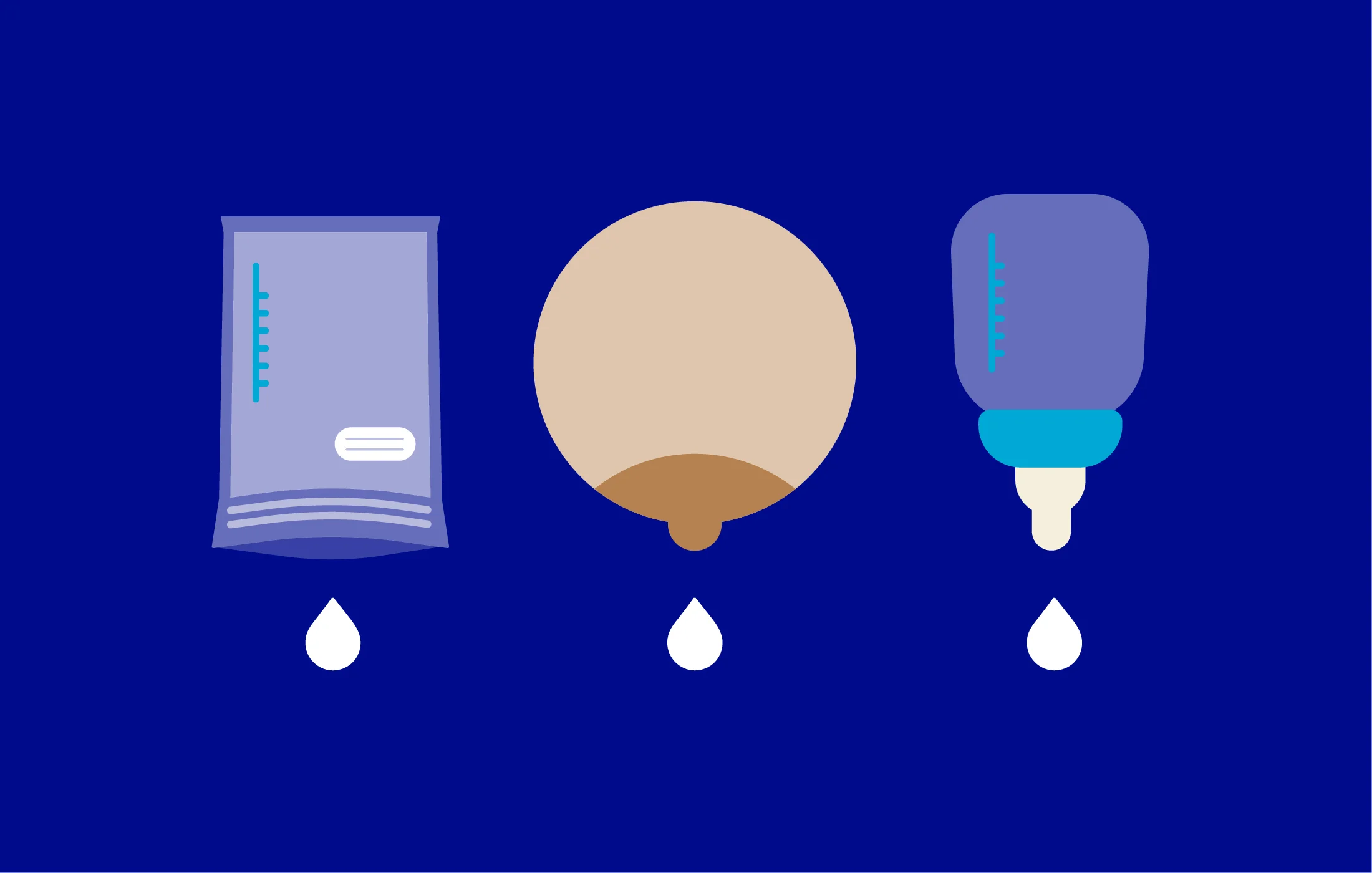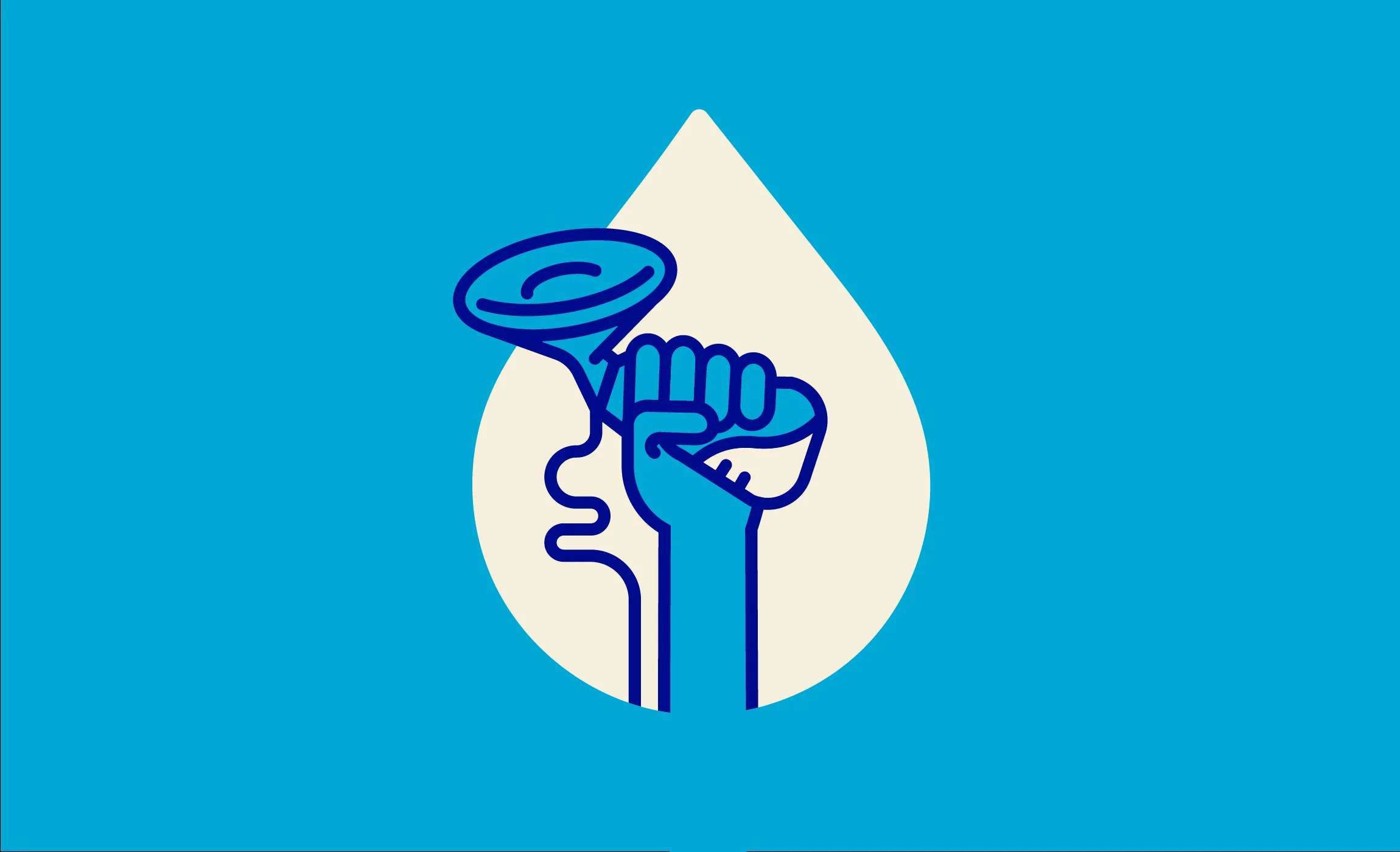6 Steps to Make Pumping at Work Suck Less

Returning to work after maternity leave is hard. To be away from your baby all day is tough stuff. Add to all of that the logistics of pumping milk at work and it’s enough to make you tear up—or break down. (Blame it on the hormones!)
To the rescue: Danielle Ritter, a certified lactation counselor, and an exclusive pumper. Here she shares her top tips for setting up a pumping routine at work that really works.
Know where you’re going to pump
Square away your lactation space with your manager before your maternity leave. (And know your workplace lactation rights before you do!) Ritter recommends visiting the space to learn what you don’t know before you need it. Where exactly is the space? Does it require a key or an access code? Do other people have access to this space? (If so, you’ll need a “Do Not Disturb” sign). Pay close attention to small details that can make a big difference—like the temperature of the room and the proximity to where you work. “Pumping at work can feel awkward, especially for first-time moms, so the more you can do to prepare in advance, the better,” says Ritter.
Pump for the future
Many moms will want to start pumping when their baby is three to five weeks old to establish an inventory. Generally, your baby needs 1 to 1.5 ounces of milk for every hour you’ll be away, so calculate the hours you’ll be gone to help you plan. If you’re an over-producer able to store gallons of milk in the freezer, that’s great, but it may not be necessary for all moms. “We’ve got a stockpile mentality in this country, but you only need to be one day ahead of your baby,” says Ritter. So breathe a sigh of relief, because what you pump in one day at work should be enough to feed your baby the next day.
Practice packing your pump bag
To simplify your life, keep all your pumping parts together in your pump bag and practice packing it before you need it. Flanges? Check. Back-flow protectors? Check. Duck valves? Check. Pack any items that make pumping more comfortable, like nipple balm, nursing pads, or an extra layer for chilly lactation spaces. If you don’t have access to a refrigerator at work, invest in a sturdy, hard-bottomed cooler that won’t tip or leak. “Don’t forget to stash some treats for yourself in your pump bag like your favorite candy or some calming essential oils,” says Ritter. “You deserve it.”
Make your pump breaks non-negotiable
Schedule your pump breaks in your work calendar and stick to them. Adding them as “pumping” or “lactation space” in your work calendar normalizes this very normal thing you need to do. But sometimes things get busy and your work situation can’t be flexible. “Don’t sweat it,” says Ritter. “If you miss one, just try to make it up as soon as possible so you can get back on track with your regular pumping schedule.”
Consider clean-up
In 2018, the Centers for Disease Control (CDC) issued formal guidelines for pumping that recommend cleaning after every pump session. A portable washing kit you can leave at work—like Boon Trip Travel Drying Rack, which comes with a drying rack and bottle brushes—can be a big help with this. If you don’t have easy access to water, use a sanitizing spray like Medela’s Quick Clean Breast Pump & Accessory Sanitizer. Many moms swear by the shortcut of simply rinsing and storing their pump parts in a zip-top bag (or thermal lunch box) in the fridge between pumping sessions. “In an ideal world, you could sanitize your pump parts after every pump,” says Ritter. “But it’s a mom-hack that lots of moms do.”
Set up your evening routine
Once you’re home (and have sated the hungry masses), your first priority is dealing with your milk—whether that’s freezing it or putting it into bottles for the next day. Later, after the babe’s asleep, wash and sanitize your pump and pump supplies and then pack them up again for tomorrow. Don’t forget the candy!
Mamava designs solutions to empower breastfeeding and pumping parents on the go, like our freestanding lactation pods, Mamava’s lactation space locator app, and other helpful resources.
More parent resources
Facts and talk tracks to help you explain what you need (and why) to pump at work.
Returning to work? Here’s a primer to get the pump party started.
Expert advice on how to plan your parental leave and transition back to work post-baby.
These situations may require professional breastfeeding support.
The info you need to store, freeze, and thaw your liquid gold with confidence.
Common pains-in-the-boobs can get you down and challenge your breastfeeding goals.
Don’t panic. Do continue breastfeeding.
Your go-to guide to weaning when you’re ready.
How to breastfeed with confidence, no matter what sticky situation you find yourself in.
The eight best breastfeeding positions (according to moms).
Returning to work can impact your milk supply. Here are six things that can help you maintain it.
Rumor, fact, or folklore? Test your breastfeeding know-how with this quiz.
A brief history of human infant feeding—breast, bottles, and formula—through the ages.
Every breastfeeding mom on the go needs a breast pump. Here’s how to get one.
Stop Googling! Here are three breastfeeding myths we can bust right now.
A breastfeeding mom’s guide to pumping at work.
Five practices that help moms with preterm babies breastfeed.
A breastfeeding mom’s guide to fasting for religious observance.
Four thousands moms weigh in on how they feed their baby.
The breastfeeding parents’ go-to guide for good, better, and best ways to clean your breast pump parts.
Seventeen breastfeeding moms share their hard-earned wisdom and messages of support for new moms.
What breastfeeding employees need to know about discrimination in the workplace.
Spearhead a movement where you work to improve lactation accommodations.
An exclusive pumper shares her tips on pumping at work.
Five facts about breast milk to delight your inner nerd (and help you breastfeed).
Mamava’s boob whisperer and certified lactation consultant can help when the flowing gets tough.
Prepare now for a smoother transition back to work.
Doctors need breastfeeding support too.
Breastfeeding and basketball have more in common than you think.
Breastfeeding benefits babies and their mamas.
































